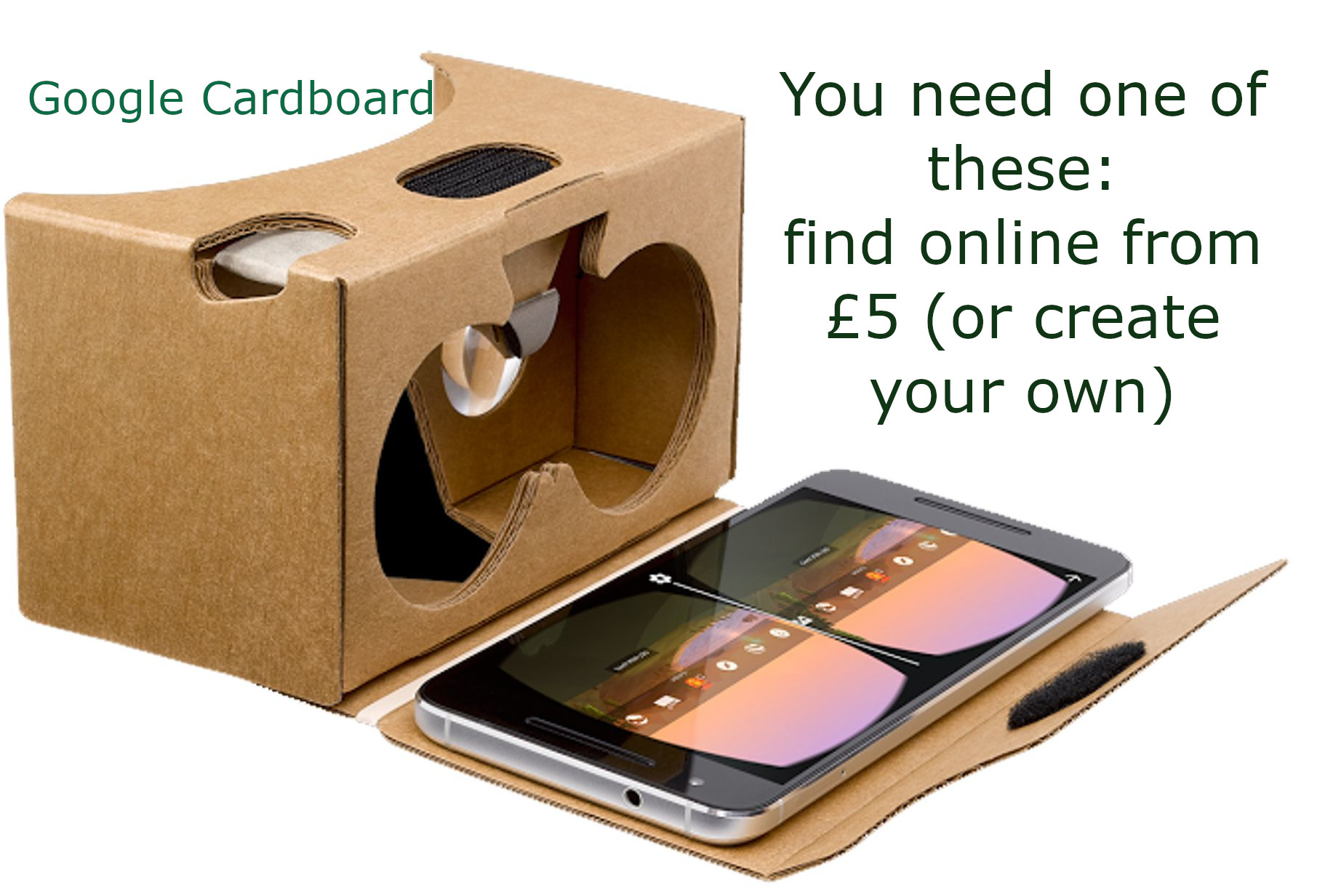Virtual Reality
Virtual Reality has over-promised and under-delivered again and again over the last decades. If you are over 40, you may remember watching Lawnmower Man as a child and thinking that a virtual immersive world was only a matter of days away. More recently Ready Player One has taken the possibilities careering through the stratosphere.
Up until relatively recently, the problem has been with lag; insufficient processing power resulting in delays in the imagery being served. This has largely been dealt with the explosion in power that we now find, not just in computers but also in smart phones.
The second barrier was the cost of hardware which could run into the tens of thousands. Oculus Rift brought that price below £1000 and now you can use a smartphone with a VR headset that costs £5. With smartphone penetration in the UK reaching 85%, this opens up VR to a vast majority of the population.
The improvements to graphics, screens and processing power make the present the first time that these technologies can be used as an enabler for good. Further one of the main sticking points around VR, movement, is not an issue for our service since much can be achieved with a stationary protagonist.
The Power of VR to Change Behavior


